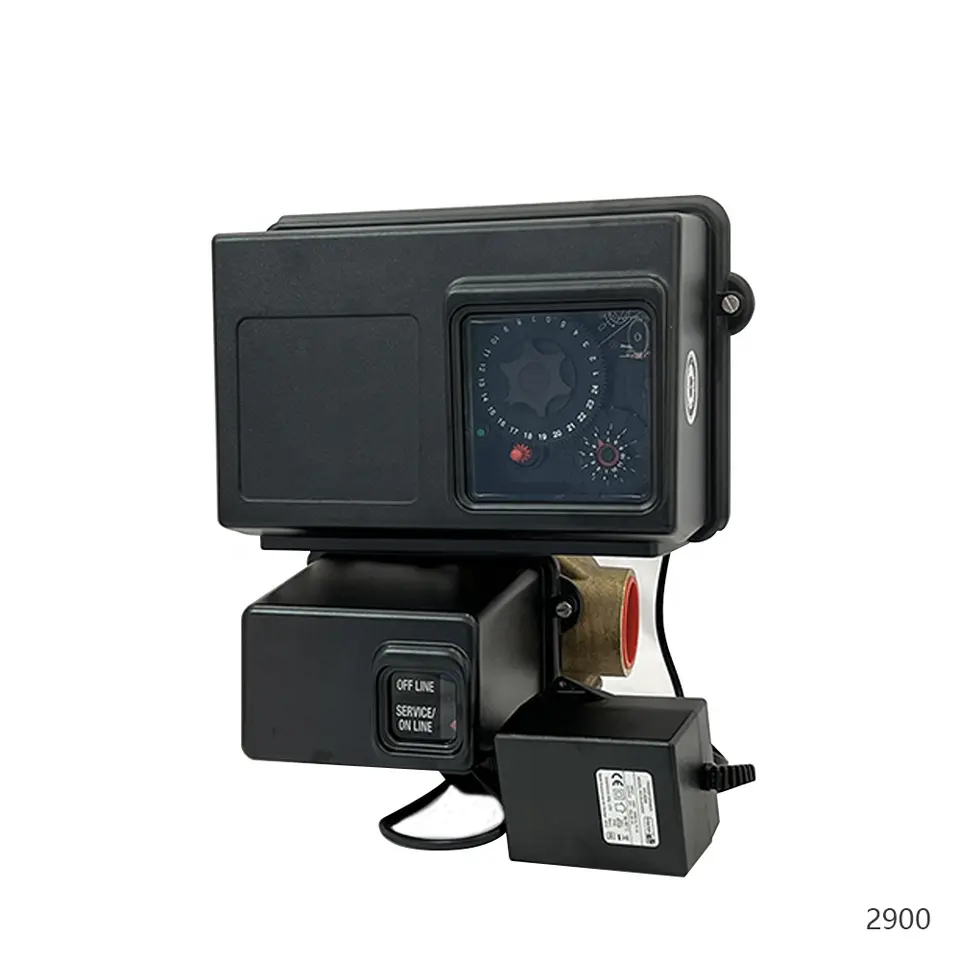Table of Contents
Understanding the Working Principle of Temperature Control Valves
Temperature control valves are essential components in various industrial processes where precise control of temperature is required. These valves play a crucial role in maintaining the desired temperature of a fluid or gas within a system, ensuring optimal performance and efficiency. Understanding the working principle of temperature control valves is key to their effective use in different applications.
In manual temperature control valves, the operator adjusts the valve position based on the temperature readings to achieve the desired setpoint. This type of control is suitable for systems where the temperature fluctuations are minimal and can be easily managed by manual intervention. However, in applications where precise and continuous temperature control is necessary, automatic temperature control valves are preferred.
Automatic temperature control valves use a feedback loop system to continuously monitor the temperature and adjust the valve position accordingly. The sensing element detects the temperature of the fluid or gas and sends a signal to the control mechanism, which then adjusts the valve position to maintain the setpoint temperature. This closed-loop control system ensures that the temperature remains within the desired range, even in the presence of external disturbances.
The working principle of automatic temperature control valves is based on the concept of proportional-integral-derivative (PID) control. The PID controller calculates the error between the setpoint temperature and the actual temperature and adjusts the valve position to minimize this error. The proportional term responds to the current error, the integral term accounts for past errors, and the derivative term predicts future errors, allowing for precise and stable temperature control.
Temperature control valves can be classified into two main types based on their operating principle: on-off control valves and modulating control valves. On-off control valves operate in a binary fashion, either fully open or fully closed, to maintain the setpoint temperature within a certain tolerance range. These valves are suitable for applications where the temperature can tolerate some degree of fluctuation.

Modulating control valves, on the other hand, continuously adjust the valve position to maintain the setpoint temperature within a narrow tolerance range. These valves provide more precise and accurate temperature control, making them ideal for applications where tight temperature control is critical. Modulating control valves can be further classified into two types: linear control valves and rotary control valves.
Linear control valves use a linear motion to adjust the valve position, while rotary control valves use a rotary motion. Both types of modulating control valves offer excellent temperature control capabilities, with each type being suitable for specific applications based on the system requirements.
| Model | Central tube | Drain | Brine tank connector | Base | Maximum power | Pressure |
| 2700 | 1.05″ O.D. | 3/4″NPTF | 3/8″ & 1/2″ | 2-1/2″-8NPSM | 74W | 2.1MPa |
| 2700 | 1.05″ O.D. | 3/4″NPTF | 3/8″ & 1/2″ | 2-1/2″-8NPSM | 74W | 0.14-0.84MPa |
In conclusion, temperature control valves play a vital role in maintaining the desired temperature of fluids or gases in industrial processes. Understanding the working principle of these valves is essential for their effective use in different applications. Whether manual or automatic, on-off or modulating, temperature control valves provide precise and reliable temperature control, ensuring optimal performance and efficiency in various systems.
